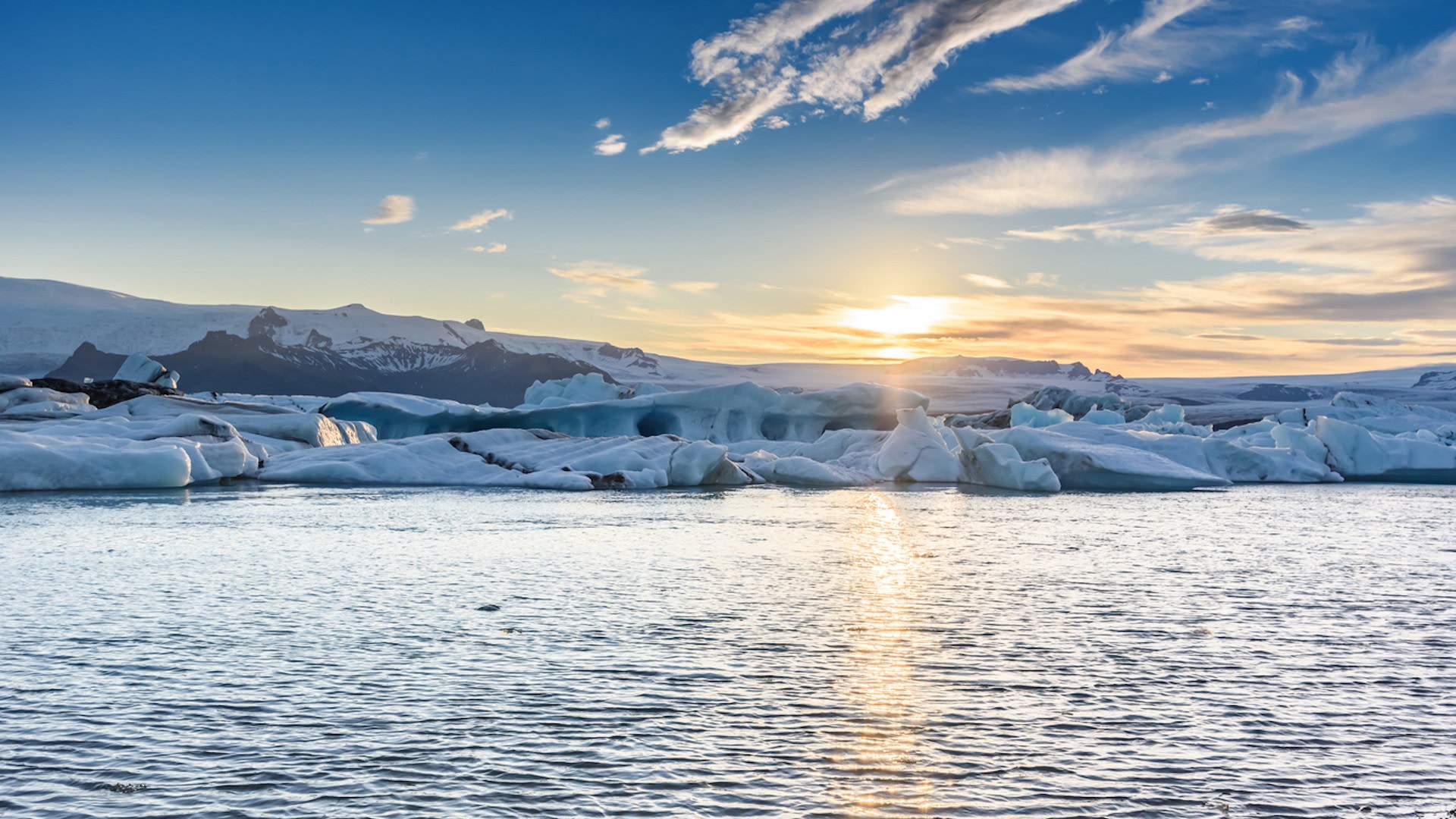The impact of human-caused pollution on rising sea levels is well known, with the melting of ice caps and ice sheets accelerated as a result of warmer temperatures.
While it's evident that rising sea levels put coastal communities — and some inland areas — at increased risk of flooding, they also have another surprising effect.
What's happening?
According to a study published in the Proceedings of the National Academy of Sciences journal and summarized by Newsweek, sea level rise is leading to longer days.
"Modern climate change is unprecedented," the paper detailed. "In recent decades, it has accelerated the melting of glaciers and polar ice sheets, leading to a rise in sea level. The melting of ice sheets and global glaciers results in sea-level rise, a pole-to-Equator mass transport increasing Earth's oblateness and resulting in an increase in the length of day (LOD)."
The study said that since 2000, the LOD change is now estimated at 1.33 milliseconds (plus-or-minus 0.03 milliseconds) every century, noting that "this present-day rate is likely higher than at any time in the past few thousand years."
If planet-warming pollution persists and global overheating accelerates, the scientists predict the LOD rate may rise to 2.62 milliseconds (plus-or-minus 0.79 milliseconds) per century by 2100.
"We have computed the pole-to-Equator mass transport since 1900 and shown that it has contributed to a rate of LOD change that hovered between 0.3 and 1.0 ms per century during the 20th century," the study noted. "This is mostly caused by the melting of global glaciers and the Greenland Ice Sheet, with the melting of the Antarctic Ice Sheet playing a secondary but not negligible role."
Why is this important?
While the impact of lengthening days by such small moments may seem minimal, it could make timekeeping problematic in the future.
But if we zoom out and consider potential impacts, a change in day length could eventually contribute to migration changes among animals, as well as altered breeding patterns. This could have wide-ranging impacts on biodiversity and the survival of ecosystems, although this is perhaps an extreme observation based on the minimal length of time days are reportedly extending at present.
What it does demonstrate, regardless of problematic impact, is that complications from a warming planet are still being observed. Human-caused global heating is shifting the balance of Earth's functions as we know it, emphasizing the need to establish more control over the pollution humans produce that is leading thermometers to creep ever higher.
What can be done to slow the rate of rising temperatures?
Reducing our reliance on polluting dirty fuel is perhaps the biggest change we can make to stop the rapid rate of rising temperatures.
That's why it's essential to have pro-environment politicians in office to enact meaningful policies that hold big polluters accountable and increase nationwide use of renewable energy.
This starts at the ballot box, so make sure your voice is heard when it comes to polling time.
Join our free newsletter for weekly updates on the latest innovations improving our lives and shaping our future, and don't miss this cool list of easy ways to help yourself while helping the planet.









